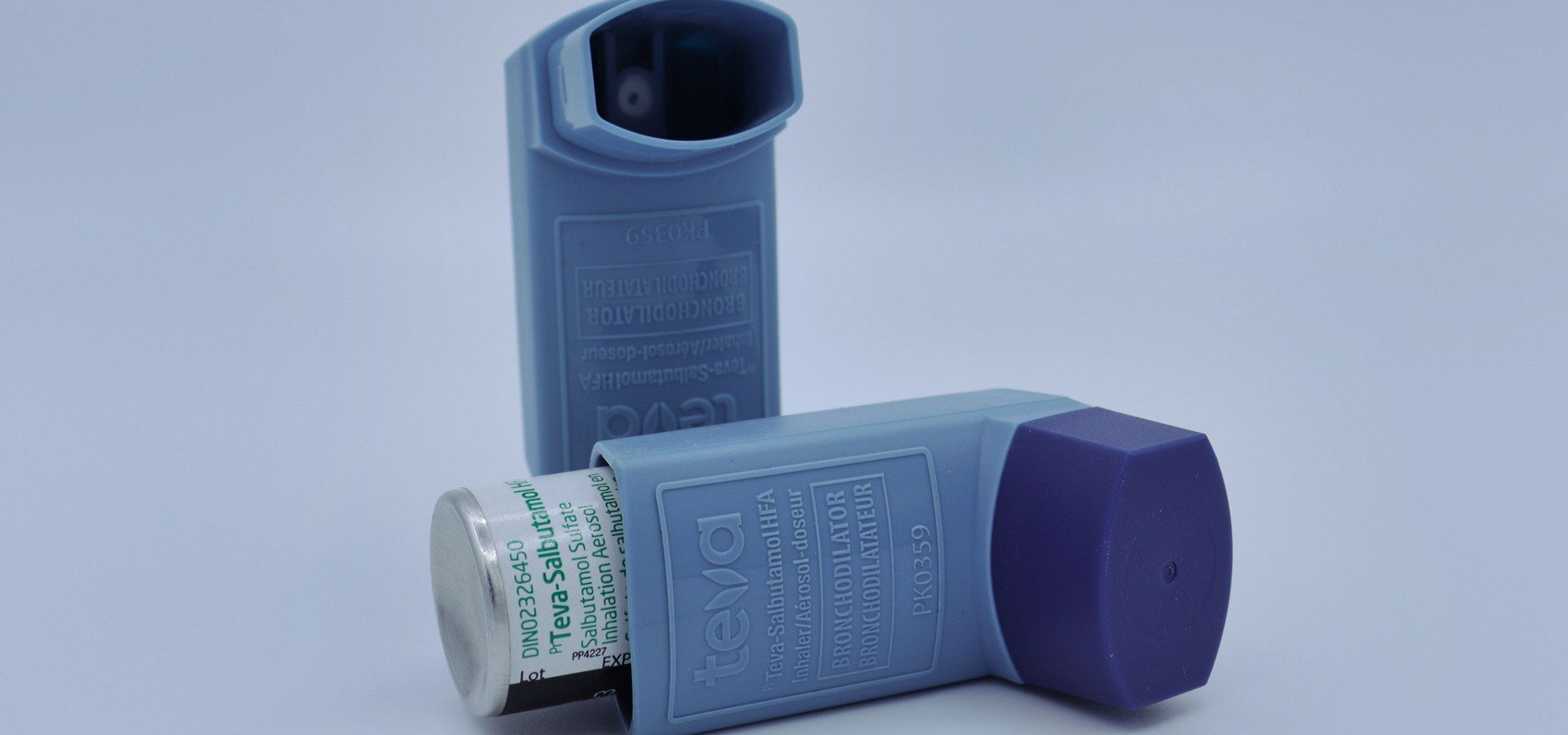An innovative research from the Instituto de Saúde Pública da Universidade do Porto (ISPUP) has concluded that immunotherapy is cost-effective in treating children with with house dust mite-driven allergic asthma. The study showed that this therapy is especially cost-effective when given by the subcutaneous route (shot).
Given the importance and considering the scarcity of studies assessing the cost-effectiveness of immunotherapy in children with dust mite allergic asthma, this investigation sought to compare the cost-effectiveness of immunotherapy administered via subcutaneous or sublingual routes, with the cost-effectiveness of standard/symptomatic treatment.
“This study is essential to promote future clinical and political decisions regarding immunotherapy prescription habits as a way to increase adherence to this type of treatment“, says Mariana Farraia, first author of the study and ISPUP researcher, in the Epidemiology of Allergic Conditions laboratory, which is part of the associated Laboratory for Integrative and Translational Research in Population Health (ITR), coordinated by the Institute.
Asthma is a chronic disease whose prevalence has been increasing in recent years. In Portugal, allergic asthma is estimated to affect the quality of life, productivity and healthcare costs of 6.8% of individuals (7.2% if we restrict it to the paediatric population). In the paediatric population, asthma is the most common chronic disease and sensitisation to allergens such as dust mites, found in house dust and textiles, is present in more than 80% of cases.
According to the Global Initiative for Asthma (GINA) guidelines, asthma treatment is usually symptomatic, i.e. patients are prescribed drugs such as inhaled corticosteroids or bronchodilators to treat the symptoms of the disease. However, in cases of mild or moderate asthma where individuals are not achieving effective control of the disease, they are offered allergy shots.
As stated in a previous ISPUP study, immunotherapy has asthma disease-modifying effects and increases immune tolerance to allergens which may provide long-lasting benefits.
Children are a key group for this analysis as there is a chance that the benefits of this therapeutic solution will last over the long term.
To find out whether allergen immunotherapy would indeed be cost-effective in treating children with dust mite allergic asthma, the researchers developed a hypothetical model based on a Markov model.
They were based on three treatment strategies proposed in the GINA guidelines – subcutaneous immunotherapy, sublingual immunotherapy, and standard treatment – and evaluated data from three hypothetical cohorts of 1000 12-year-old children with allergen-induced asthma over a 10-year period. This time period was divided into six-monthly clinical assessments following the Portuguese National Health System perspective.
Using clinical trials and real-world evidence studies, they were able to analyse the costs and benefits of each of the three approaches and understand whether there was a positive relationship between the cost of treatment and its health effects.
It should be noted that immunotherapy was gradually introduced into the treatment of children with dust mite allergic asthma. At the same time that they were undergoing conventional drug treatment, immunotherapy was administered subcutaneously or sublingually. With this, the objective was to complete the immunotherapy treatment (3 years) and, at the same time, to evaluate the progressive decrease in symptomatic treatment.
This approach allowed the different health states that patients would go through during treatment to be simulated. Children’s health status was found to improve over time, and the likelihood of disease remission increased if immunotherapy was given for at least three years.
“One of the consequences of this chronic pathology are moderate or severe exacerbations that result in emergency room visits and hospitalisations”, the researcher reports. “With the introduction of immunotherapy treatment, we have seen a considerable decrease in these exacerbations.”
Thus, although immunotherapy is more expensive than conventional treatment, it is advantageous and beneficial because it leads to a gradual decrease in the use of symptomatic medication and reduces exacerbations. The effects of immunotherapy also allow children to have a better quality of life, namely in terms of school productivity.
The researchers concluded that subcutaneous immunotherapy allowed a reduction of 1898 moderate exacerbations and 45 severe exacerbations.
With sublingual immunotherapy, a reduction of 764 moderate exacerbations and 19 severe exacerbations was predicted.
Overall, in terms of reduced spending on asthma medication and doctor visits, the subcutaneous and sublingual strategies would save over €430,000 and €150,000 respectively, both being cost-effective.
When comparing the administration of subcutaneous or sublingual immunotherapy with conventional symptomatic treatment, it was found that subcutaneous immunotherapy was the most likely to be cost-effective, reaching values of 99%, not only because its acquisition cost was lower, but also because it seemed to have more benefits.
Further, during the 10-year period considered in this study, it was estimated that 79 children could experience remission of asthma through conventional treatment, 233 would experience these benefits with subcutaneous immunotherapy, and 128 with sublingual immunotherapy.
In Portugal, immunotherapy is an expensive and non-participated therapy, which translates into low rates of adherence to treatment and highlights the inequalities in access to therapeutic healthcare.
“This study aims to contribute to helping make better policy decisions within the National Health System. With this, it also aims to draw attention to the importance of reducing inequalities in access to this therapy and to improve the overall management of allergic diseases, in this specific case of allergic asthma in the paediatric population, in which it is more prevalent”, highlights the researcher.
Considering the cost-effectiveness results of immunotherapy in children, namely the subcutaneous method, the researchers suggest the benefit of reimbursing this type of treatment in order to “reduce inequalities in access to health, and thus improve the quality of life of children with asthma”.
The researchers involved highlighted the pioneering nature of this study, the first in Portugal to evaluate the cost-effectiveness of immunotherapy in the treatment of children with allergic asthma to dust mites.
This study, which was published in the journal Allergy, is entitled “Cost-effectiveness analysis of house dust mite allergen immunotherapy in children with allergic asthma“. The ISPUP researchers Inês Paciência, Francisca Castro Mendes, João Cavaleiro Rufo, André Moreira, also participated in the study, as well as Mohamed H. Shamji (National Heart and Lung Institute, Imperial College London, London, UKImperial College London) and Ioana Agache (Faculty of Medicine, Transylvania, University, Brasov, Romania).
The research is part of the PhD project of the researcher Mariana Farraia and was funded by the Portuguese Foundation for Science and Technology (FCT).
Image: Unsplash/CDC



